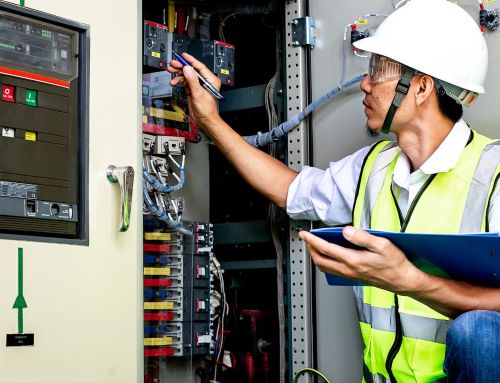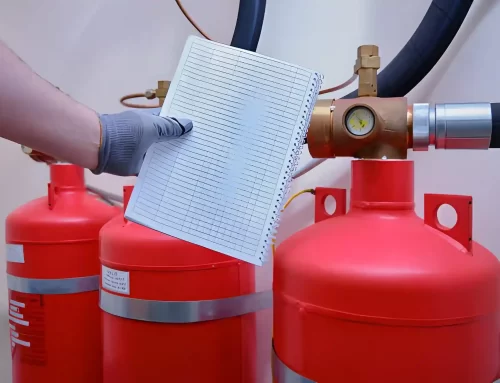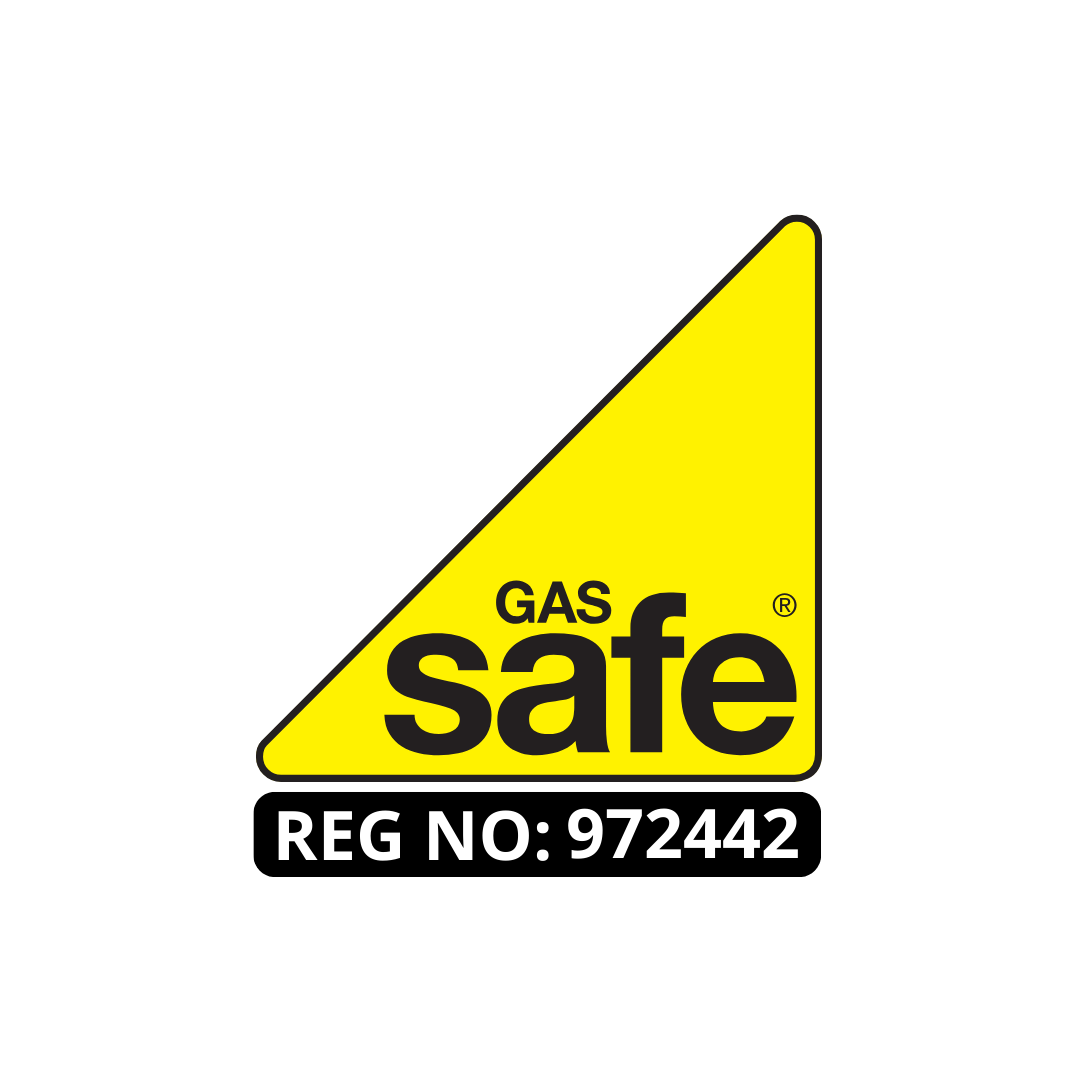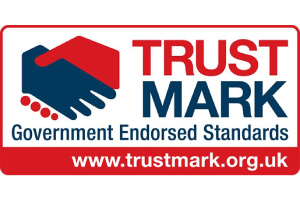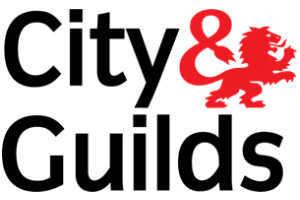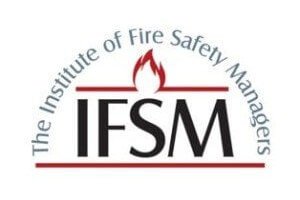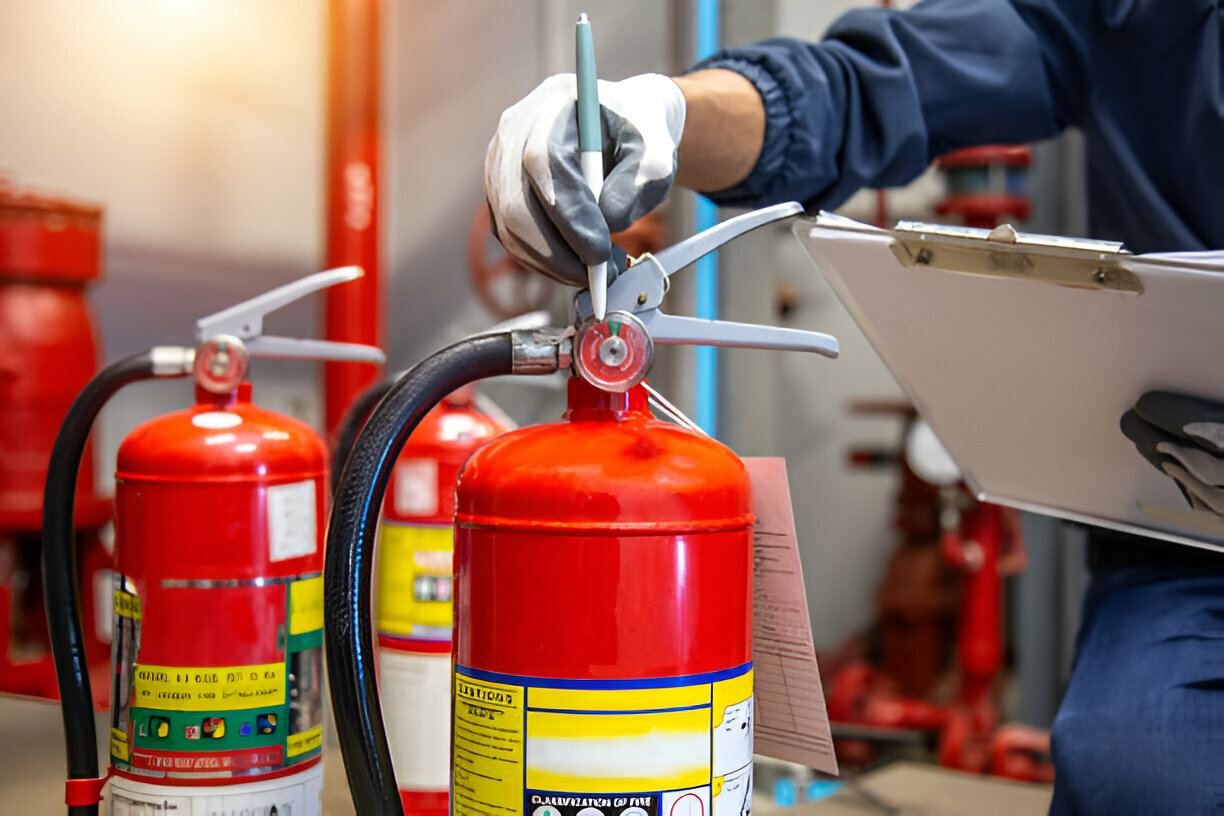
In my recent consultation with a commercial property owner, they raised a valid concern about the validity period of their fire risk assessment. The question of how long a fire risk assessment remains valid is a crucial aspect that often requires clarification in the realm of fire safety.
Establishing the timeframe for the validity of such assessments is not only a regulatory necessity but also a fundamental element in ensuring the ongoing safety of occupants and the property itself.
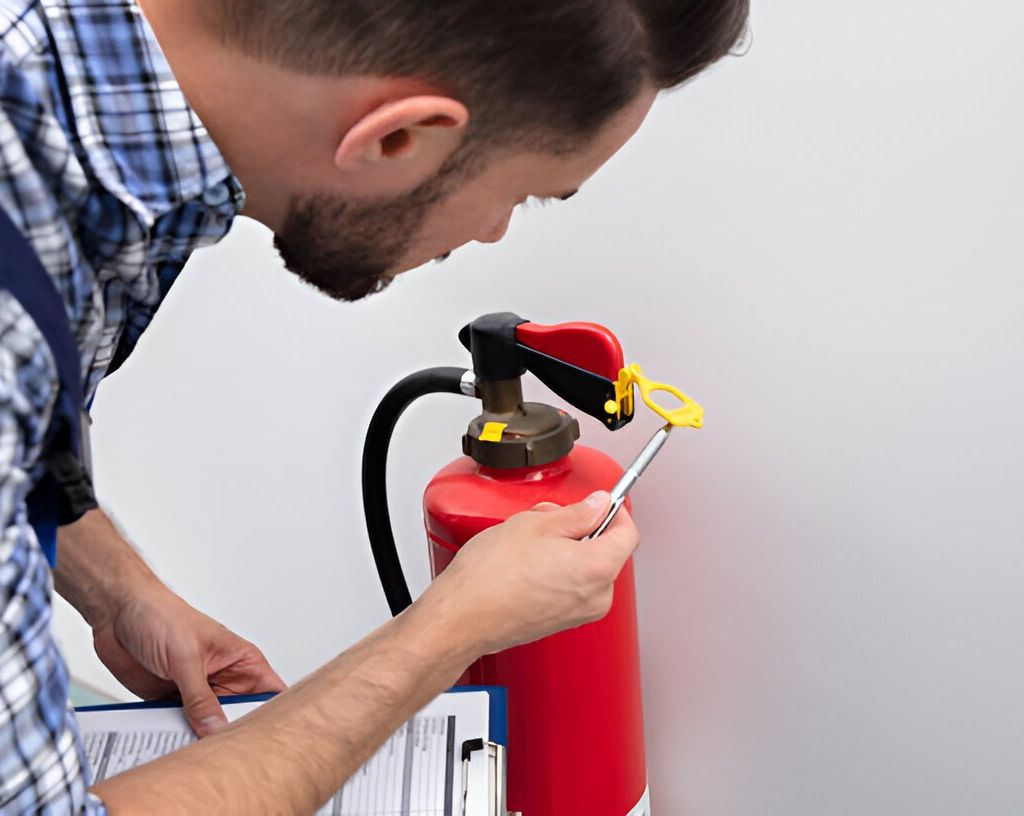
Stay tuned to uncover the intricacies surrounding the duration of fire risk assessments and why this knowledge is indispensable for maintaining a secure environment.
Understanding Fire Safety Certificate Validity
In assessing the validity of a Fire Safety Certificate, it’s crucial to consider the timeframe within which the certification remains in effect. The renewal requirements for these certificates vary depending on factors such as building complexity and local regulations. Typically, the standard validity period is around three years, but high-risk buildings might need more frequent renewals while low-risk buildings could have longer validity periods.
Any alterations to the building structure may necessitate revisions to the certificate to ensure continued compliance. Understanding the assessment criteria used during the renewal process is essential to meet the necessary standards. Renewal frequency is determined based on the risk level of the building and any changes that may have occurred since the last assessment.
Being aware of these validity considerations ensures that the Fire Safety Certificate remains up to date and in line with current regulations. Regular assessment revisions guarantee that the fire safety measures in place continue to meet the required standards for the safety of occupants and the building.
Process of Obtaining a Fire Safety Certificate
Upon engaging in the process of obtaining a Fire Safety Certificate, a comprehensive fire risk assessment by a qualified assessor is a critical initial step. The certificate requirements typically involve assessing the building’s fire safety measures to ensure they meet regulatory standards.
The assessment timeline varies based on the complexity of the building and any recent modifications. Safety measures recommended during the assessment must be implemented to enhance the overall fire safety of the premises.
The inspection process includes a thorough review by a fire department official to verify compliance with safety regulations. The application procedure involves submitting the assessment report and other relevant documents for evaluation.
Once all requirements are met, the Fire Safety Certificate is issued, indicating that the building meets the necessary fire safety standards. It’s essential to meticulously follow each step of the process to ensure the safety of occupants and compliance with fire safety regulations.
Maintaining and Extending Fire Safety
Maintaining fire safety standards requires consistent monitoring and proactive measures to ensure ongoing compliance and readiness for emergencies. Extending the validity of fire safety measures involves regular reviews to assess the effectiveness of current protocols. Compliance checks are crucial to confirm that safety standards meet regulatory requirements.
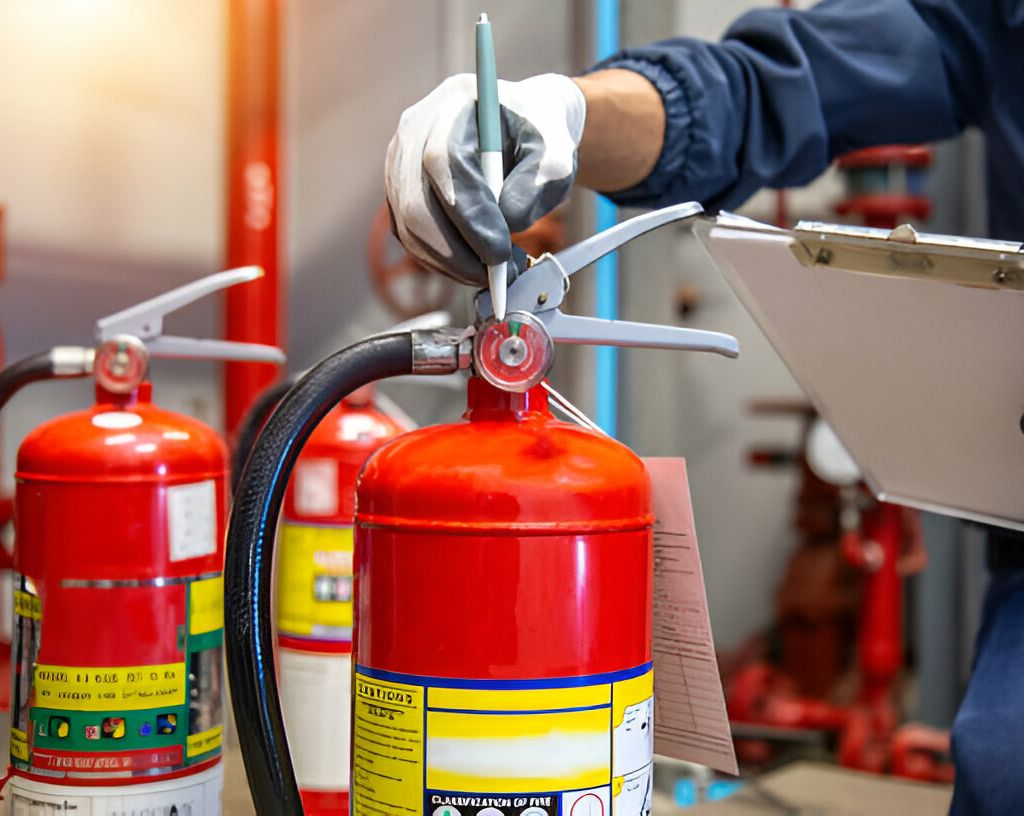
Safety maintenance encompasses the inspection and upkeep of fire safety equipment to guarantee optimal functionality. Enhancing measures beyond the basic requirements can further fortify the overall safety of the premises.
Regular reviews provide opportunities to identify potential weaknesses in existing fire safety protocols and make necessary improvements. It’s essential to keep abreast of any changes in fire safety regulations and implement updates promptly. By staying proactive and conducting routine checks, a safer environment can be maintained for all occupants. Engaging professional fire safety consultants can offer valuable insights and guidance on best practices for ensuring compliance and readiness in the event of a fire.
Frequency of Fire Risk Assessments
Regularly reviewing fire risk assessments is a critical aspect of maintaining optimal fire safety standards in buildings of varying complexities and occupancies. The review frequency is typically recommended every twelve months for most buildings to ensure that any shortcomings in fire safety measures are identified and corrected promptly. However, lower risk properties may extend this duration to every two to three years.
Renewal requirements for fire risk assessments are influenced by factors like building type, construction, and any changes since the last assessment. Validity considerations suggest that new risk assessments should be conducted when there are alterations in occupancy classification or building renovations. Inspection intervals play a crucial role in ensuring compliance with fire safety regulations.
Keeping fire logbooks, adhering to action plan recommendations, and conducting daily or weekly checklists are essential practices for maintaining fire safety measures up to code. Seeking guidance from professional fire risk assessors or fire safety consultancies can further aid in upholding optimal fire safety standards.
Compliance With Fire Safety Regulations
Enforcing fire safety regulations is a critical responsibility to ensure occupant safety and compliance with legal standards. Fire safety audits play a key role in assessing building occupancies for potential fire risk factors.
It’s essential to maintain safety compliance by conducting regular assessments and ensuring that fire protection systems are well-maintained. Fire risk assessments need to be valid and up-to-date to enhance safety measures and meet regulatory standards.
Compliance with fire safety legislation is crucial for creating a secure environment. Regular reviews and record-keeping practices help in upholding safety standards and aid in emergency preparedness. Keeping fire escape routes clear, maintaining fire exit accessibility, and following action plan recommendations are vital components of safety compliance.
Ensuring Fire Compliance Measures
To ensure strict adherence to fire compliance measures, consistent monitoring of fire safety protocols is imperative. Fire drill effectiveness plays a crucial role in preparing occupants for emergencies, ensuring they understand evacuation procedures and can respond promptly.
Regular fire safety training enhances awareness and promotes a culture of safety within the building. Effective emergency response procedures should be in place to mitigate risks during a fire incident. Conducting frequent fire safety audits helps identify areas needing improvement and ensures compliance with regulations.
Frequently Asked Questions
Can a Fire Risk Assessment Be Extended Beyond Its Validity Period if No Significant Changes Have Occurred in the Building or Occupancy?
I can’t extend a fire risk assessment beyond its validity period without renewal. Compliance checks are crucial, even with unchanged conditions. Regular inspections ensure safety measures are updated. It’s essential to follow reassessment protocols.
Are There Any Specific Requirements for Fire Risk Assessments in Historical or Heritage Buildings With Unique Construction Features?
In historical or heritage buildings, unique construction materials and architectural features pose preservation challenges. Safety measures must meet compliance standards. Expert assessments consider these intricacies to ensure fire safety aligns with the building’s historical significance.
How Does the Size of a Building or Number of Occupants Affect the Frequency of Fire Risk Assessments Required?
Building size and occupancy directly impact fire risk assessment frequency. Large or high-occupancy structures may require more frequent assessments. Historical buildings and mixed spaces add complexity, necessitating thorough evaluations. Assessment extensions should align with safety priorities.
What Are the Consequences of Not Renewing a Fire Safety Certificate Within the Specified Validity Period?
Not renewing a fire safety certificate within the validity period poses potential consequences like legal implications, safety hazards, financial risks, and compliance issues. It jeopardizes public safety, violates regulations, endangers lives, incurs penalties, and risks property damage.
Are There Any Considerations for Fire Risk Assessments in Buildings With Mixed Commercial and Residential Spaces?
Residential safety in mixed commercial spaces requires thorough assessment of building occupancy and fire hazards. Implementing tailored safety measures is key. Regulatory compliance and assessment validity must adapt to unique constructions and historical considerations for comprehensive safety.
Conclusion
In conclusion, the validity of a fire risk assessment is typically determined by factors such as:
- Building type
- Occupancy changes
- Regulatory requirements
It’s essential to regularly review and update these assessments to ensure the safety of building occupants and comply with fire safety regulations.
By staying proactive and vigilant in maintaining fire safety measures, we can create a secure and protected environment for all.
Remember, fire safety isn’t just a legal obligation, but a moral responsibility to safeguard lives and property.
About the Author: LandlordCertificate
Related Posts
Get Social
Recent Posts
- What must landlords get right for Fire Risk Assessment London compliance?
- UK Gas Safety Regulations for Landlords & Tenants: Introduction to Gas Safety Certificates
- Check If Your Gas Engineer is Registered: London Gas Safety Certificate London
- Fire Risk Assessment London Complete Guide to Compliance and Legal Responsibilities
- The Role of EICR London in Maintaining Safe Properties


